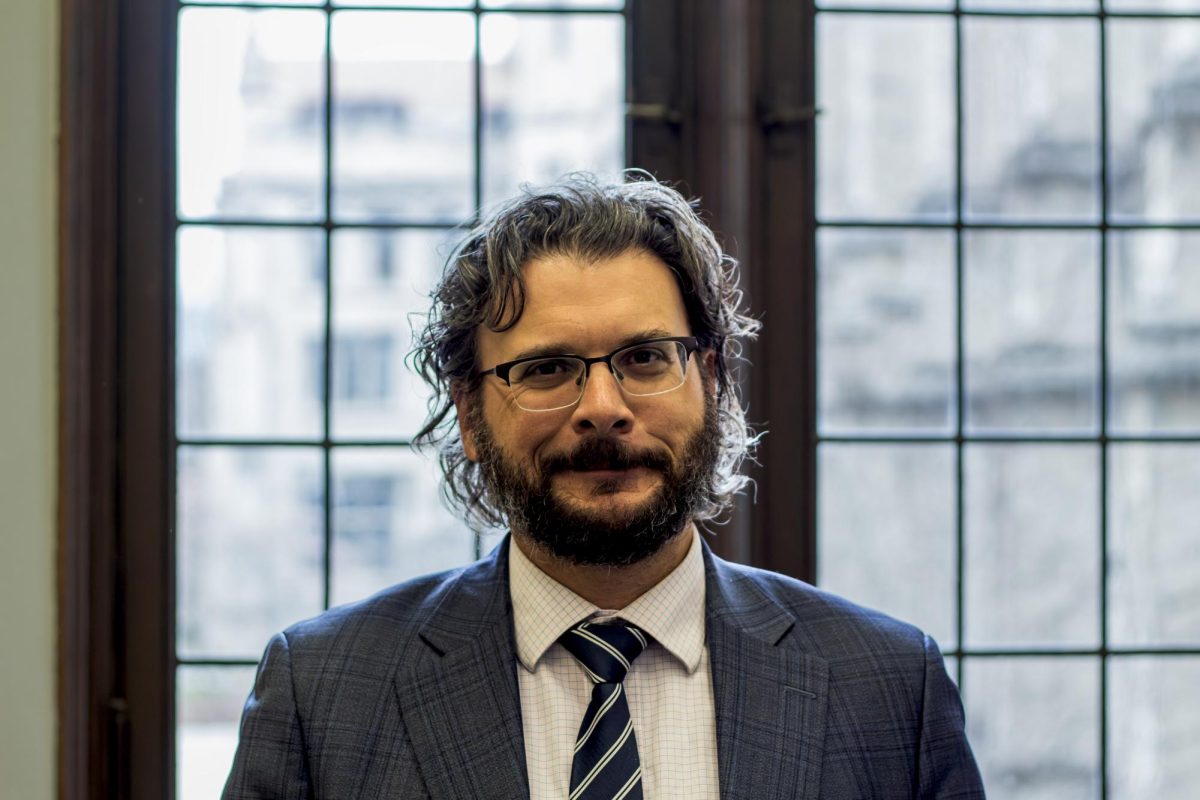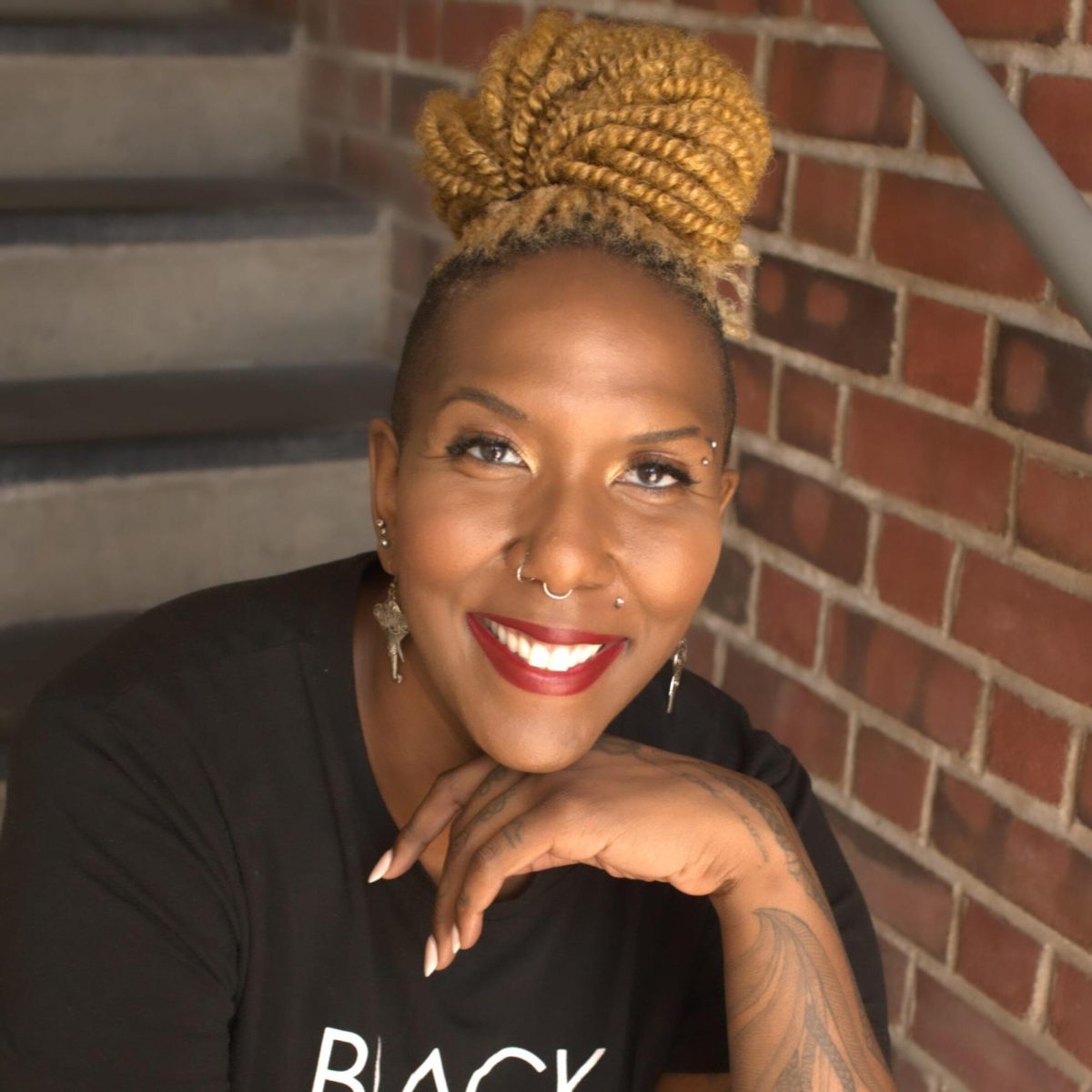The University’s Office of Community Affairs has received a U.S. Department of Housing and Urban Development (HUD) grant to fund community improvement projects. The bulk of the $399,999 grant, supplied by HUD’s Community Outreach Partnership Center, will be used for the Woodlawn Community Partnership Program.
A number of University schools and organizations, including the School of Social Service Administration, the University Community Service Center, the University Asthma Center, and the University Police, work with the Woodlawn Community Partnership Program.
The HUD grant is expected to add momentum to an ongoing effort to revitalize Woodlawn by community leaders and members of the University community. Investment in the neighborhood has increased over the course of the last few years.
Karl Bradley is executive director of the Woodlawn Preservation and Investment Corporation (WPIC), a group dedicated to neighborhood improvement.
“In general it’s good to see additional resources come into the community. [The University] will go out and seek the input of the community to address their needs,” Bradley said. “I think the University has committed itself to work with the community.”
The University also increased its presence in Woodlawn this year by extending the patrols of the University of Chicago Police Department into the area. Beginning October 15 of last year, the UCPD began to monitor the blocks between 61st and 64th Streets and between Stony Island and Evans Avenues.
Woodlawn residents and community leaders have reacted positively to the efforts of the UCPD, the city of Chicago, and the Southeast Chicago Commission
William Gerstein, assistant vice principal at South Shore High School and a member of the executive committee of the Southeast Chicago Commission, said that the UCPD has made an effort to get feedback from residents and community leaders in Woodlawn.
“Most people who live in Woodlawn have welcomed the police presence. Who wouldn’t want extra police? And the force is pretty sensitive, a well-trained group,” Gerstein said.
Reverend Leon Finney, volunteer chairman and former executive director of the Woodlawn Organization, sees the latest developments as part a historical process of collaboration between the University and the Woodlawn community that will help rebuild a stable and cohesive community.
“We’ve been in partnership, one way or another, with the University since 1966. There was a pediatric clinic, and a mental health clinic, plus major housing development that happened because of the University in 1968. Then in 1973 we leased eight acres of land for the Jackson Park Terrace Apartments,” Finney said. “We did have a rough beginning, in 1960, ’61, and ’62. But that is a long way away.”
Finney was a pioneer in the movement to instill a sense of ownership in residents of Woodlawn through real estate investment and redevelopment. Finney, who holds many properties in the Woodlawn area, is the owner of Tre’s Restaurant on the corner of 63rd Street and Harper Avenue.
“We’re building 13 homes half a block away from Tre’s, another 44 single-family homes between Kenwood and Ingleside on both sides of 63rd Street. We plan to have a major banquet hall for 500 to 700 people right next to Tre’s,” Finney said.
Finney hopes that the banquet hall will be completed before the end of this year. “We would anticipate a lot of different kinds of shows and activities,” he said.
Finney said that investment, inspired by local organizations, is the key to bringing a sense of community back to Woodlawn. “I think that community development corporations and private investing individuals will buy land and build homes and renovate,” Finney said. “But really what you are after is private investment. I think that the private market will take over. I think that private investors and smaller investors will want to build units all over the community.”
Arvis Averette, supportive service coordinator for the Woodlawn East Community and Neighbors (WECAN), also expressed confidence in the developing market in Woodlawn. Averette founded to provide affordable housing and services to low-income residents of the area.
“I feel that in 10 years it will basically be a middle-class community — basically black. I think [the development] will naturally go all the way to 67th Street,” Averette said.
“I think Columbia Pointe [a housing development on 63rd Street between Kenwood and Ingleside Avenues] is significant in that it will bring in middle-income families on a larger scale. The ongoing conversion of condominiums in the community shows the viability of the market without incentives,” Bradley said.
WECAN has been favorable to most of the efforts to reinvigorate the community. “Development in and of itself is not bad. The only caution I have is to have ways that working class people can have some opportunity, some kind of housing programs, so that they can remain in the community,” Averette said. “I don’t view the University as a huge monster.”
Nevertheless, Averette expressed doubt that the needs of poorer residents of the outlying area are being addressed. “Someone needs to buy up some of the property for low-income people. We’re against low-income ghettoes. We prefer mixed-income housing,” Averette said. “We’d encourage anyone who is interested. Almost all of the apartments have Section Eight certificates.”
Section Eight certificates are direct payments to private landowners by local housing authorities to allow low-income tenants to rent apartments and housing in the private market. The rent must not exceed a fair market rate for the area, determined by HUD. The tenant pays 30 percent of household income, while the local housing authority pays the difference.
One of the greatest concerns amongst community leaders is that the area west of Cottage Grove, known as West Woodlawn, is being ignored. “The issue is really what is going on west of Cottage Grove,” Averette said. “West of Cottage Grove is untouched by this conversation.”
Finney agreed. “We are working with the block clubs west of Cottage Grove to come up with a plan for the revitalization of West Woodlawn. I would hope in 2002, after community meetings and consultations, that we would have some planned strategy for West Woodlawn,” he said.
The concern expressed by the University administrators for the community is reassuring to active members of the Woodlawn community.
Hank Webber, the University’s vice president for community and government affairs, has been integral to this developing conversation, as the leading administrator concerned with the surrounding communities of the University of Chicago.
“Our goal in Woodlawn is to promote the redevelopment of a mixed-income neighborhood of high standards, of considerably greater density, which will be a community of choice. I think that is a vision that is consistent with neighborhood leadership in Woodlawn,” Webber said.
Sonya Malunda, assistant vice president and director of community affairs, is frequently in contact with local leaders. “I think the most positive sign is that there’s a level of trust, open communication, and candid discussion between the University and the community and the neighborhood leadership,” Malunda said.
Malunda and community leaders agreed that the conversation between the groups should be increased. “What I’m hoping the University does is more and more outreach. They could help with schools and hiring for jobs,” Gerstein said.
Averette expressed a similar sentiment. “The administration appears to want to open up communication,” Averette said. “I think the University has made some moves in that direction, but I think they could do a lot more to make the students proactive When I went to the school 30 years ago, I was told not to go past 63rd Street,” Averette said.
Finney sees the changes in Woodlawn as part of the larger process of urban renewal, a renaissance for the south side of Chicago which will bring back a sense of vitality, activity, and community.
“63rd Street at one time was just one to two miles of retail stores both sides of the street, roughly four miles of retail shopping,” Finney said. “I don’t think that’s going to happen in my lifetime or yours. Instead, we’ll have a lot of people living on 63rd Street with nodes of shopping and places for social and cultural events.”
Finney has been actively working to create such an atmosphere, inviting jazz singer Oscar Brown Jr. and his daughter Maggie Brown to perform at his restaurant every Friday and Saturday night.
“My point is that massive amounts of energy and resources are being drawn to North Woodlawn. And we’re busy as bees,” Finney said. “You begin to get a sense that something important is happening on the South Central Side of Chicago that cannot but be good. And I think it’s an exciting time for people and institutions.”
According to Finney, that excitement is being translated into action. “Since I’ve been here the last two hours, six people have been looking at houses, and all of them have been under 40. That says something: 10 years from now Woodlawn will be a younger community. And that’s a good thing,” Finney said.









